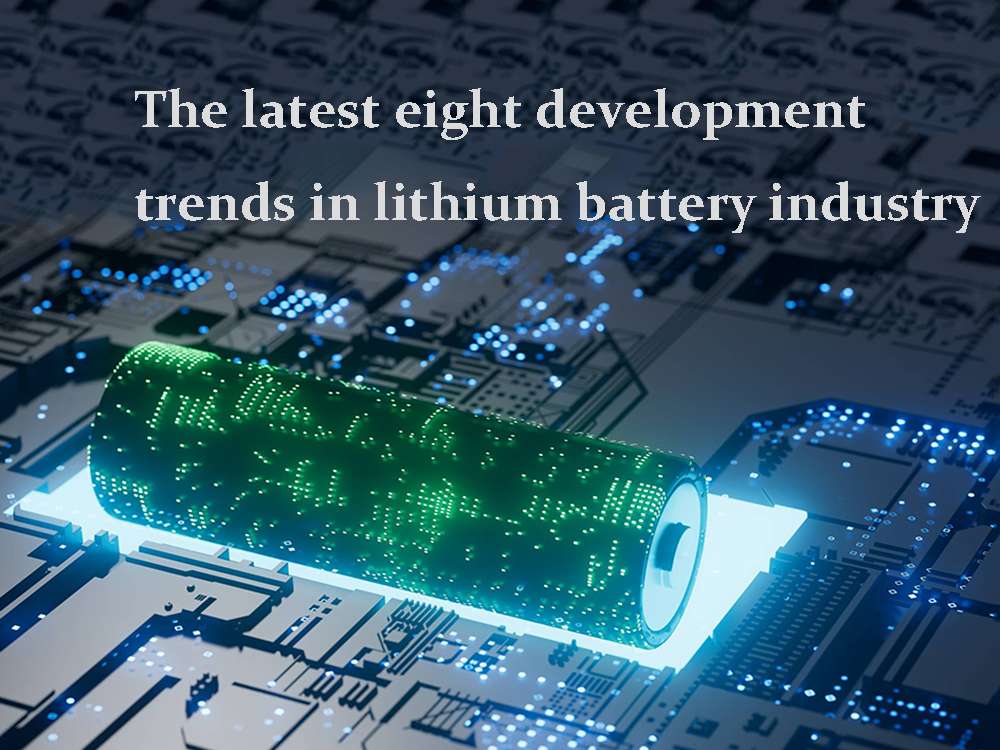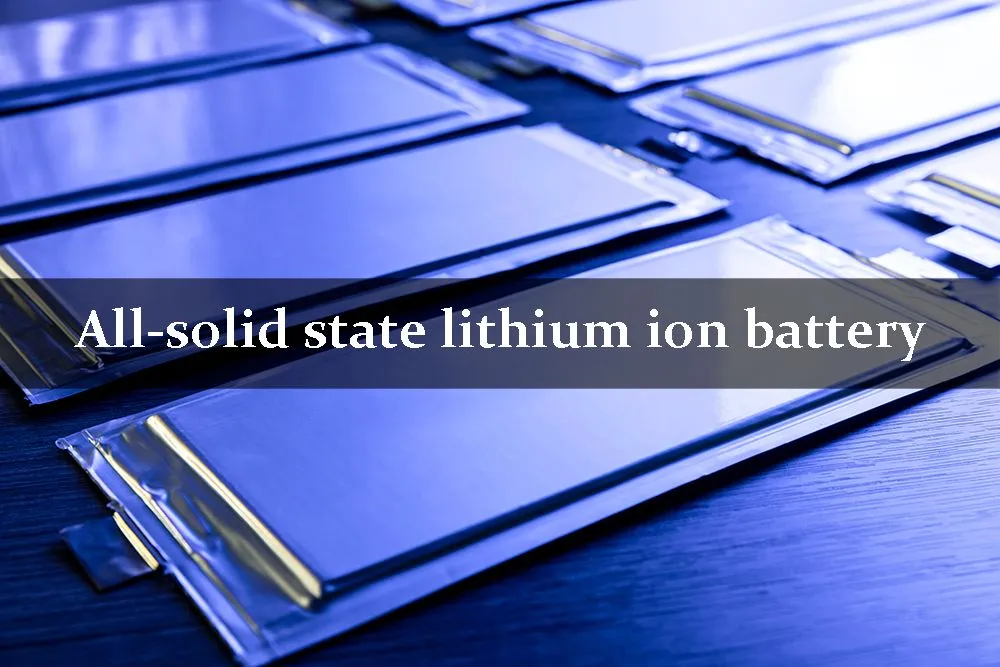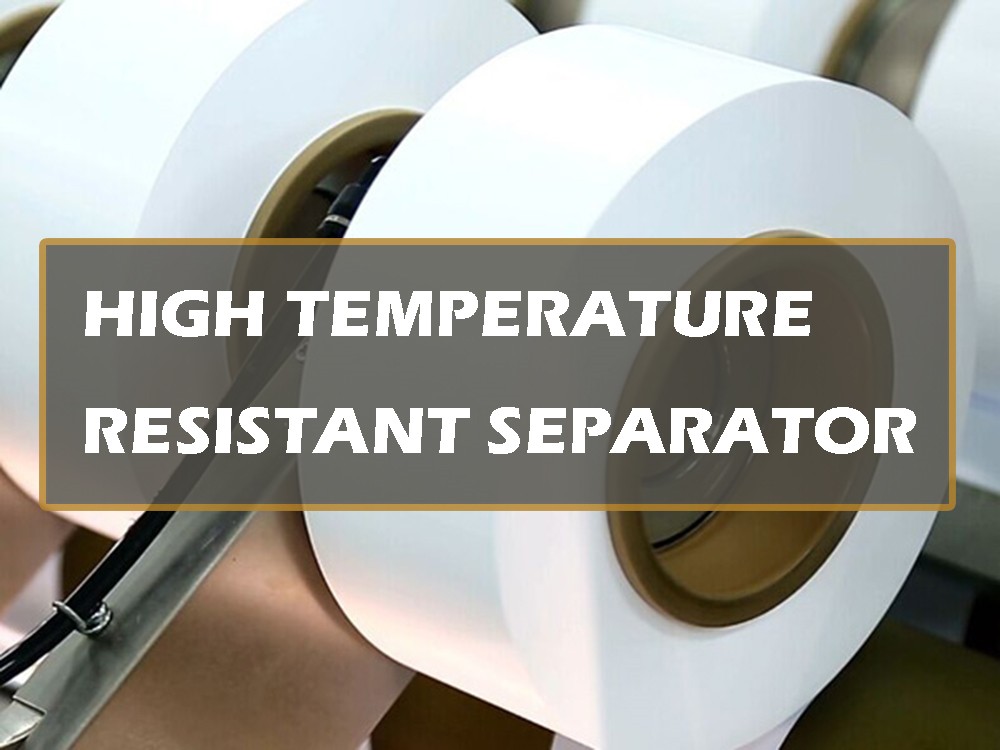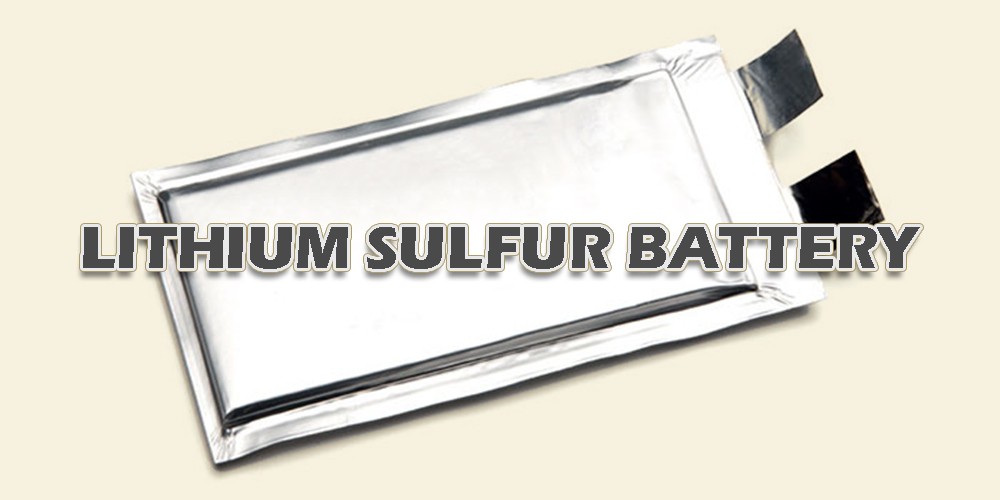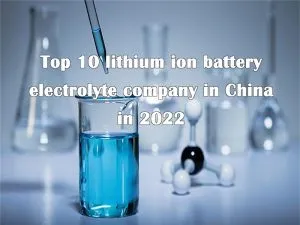The latest eight development trends in lithium battery industry

Although lithium-ion batteries have advantages that other batteries cannot match, they are still not capable of performing in existing lithium-ion batteries. Therefore, the development of new lithium-ion batteries with higher energy density has become the most urgent task for the lithium battery industry. Let’s use this article to understand the latest 8 developments in the lithium battery industry.
All solid state lithium ion battery
The current commercial lithium-ion battery electrolyte is liquid, so it is also called liquid lithium-ion battery. Simply put, an all-solid-state lithium-ion battery means that all components in the battery structure exist in solid form, replacing the liquid electrolyte and diaphragm of a traditional lithium-ion battery with a solid-state electrolyte.
Compared with liquid lithium-ion batteries, all-solid electrolytes have the following advantages:
● High safety/excellent thermal stability, can work normally at 60-120°C for a long time;
● Wide electrochemical window, can reach above 5V, can match high voltage materials;
● Only conduct lithium ions but not electrons;
● Simple cooling system and high energy density;
● It can be applied in the field of ultra-thin flexible batteries.
But the disadvantages are also obvious: the ion conductivity per unit area is low, and the specific power is poor at room temperature; the cost is extremely expensive; it is difficult to industrially produce large-capacity batteries.
The performance of electrolyte materials largely determines the power density, cycle stability, safety performance, high and low temperature performance, and service life of all-solid-state lithium-ion batteries. Solid electrolytes can be divided into two categories: polymer electrolytes and inorganic electrolytes. Solid state battery technology is recognized as an innovative battery technology for the next generation of key development. It is believed that in the near future, the technology will become more and more mature, and these problems will be solved.
High energy density ternary material battery
With people’s pursuit of battery energy density, ternary cathode materials have attracted more and more attention. The ternary cathode material has the advantages of high specific capacity, good cycle performance, and low cost, and generally refers to a layered structure of nickel-cobalt-lithium manganese oxide material. By increasing the battery voltage and the content of nickel in the material, the energy density of the ternary cathode material can be effectively increased.
Another way to increase the energy density of ternary materials is to increase the content of nickel in the material. Generally speaking, high-nickel ternary cathode materials refer to the mole fraction of nickel in the material is greater than 0.6. Such ternary materials have the characteristics of high specific capacity and low cost, but have low capacity retention and poor thermal stability.
The performance of this material can be effectively improved by improving the preparation process. Micro-nano size and morphology have a great influence on the performance of high-nickel ternary cathode materials. Therefore, most of the current preparation methods focus on uniform dispersion to obtain spherical particles with small size and large specific surface area.
High capacity silicon carbon anode
As an important part of lithium-ion batteries, anode materials directly affect key indicators such as energy density, cycle life, safety, and performance of the battery. Silicon is currently known as the anode material for lithium-ion batteries with the highest specific capacity.
However, due to its volume effect of more than 300%, the silicon electrode material will be pulverized and peeled off from the current collector during charging and discharging, so that the electrical contact between the active material and the active material, and between the active material and the current collector will be lost.
At the same time, a new solid electrolyte layer SEI is continuously formed, which eventually leads to the deterioration of electrochemical performance. In order to solve this problem, researchers have made a lot of explorations and attempts, among them, silicon carbon composite materials are promising materials.
As the anode material of lithium-ion batteries, carbon materials have small volume changes during charge and discharge, good cycle stability and excellent conductivity, so they are often used to compound with silicon. Silicon-carbon composite is used, and the porosity of carbon materials is used to restrain and buffer the volume expansion of silicon active centers, prevent the agglomeration of particles, prevent the electrolyte from penetrating into the center, and maintain the stability of the interface and SEI film.
High voltage and high capacity lithium-rich materials
Lithium-rich manganese base has a high discharge specific capacity, which is about twice the actual capacity of the currently used cathode materials, and is therefore widely used in lithium battery materials. In addition, because the material contains a large amount of Mn elements, it is more environmentally friendly, safer and cheaper than LiCoO2 and ternary materials. Therefore, lithium-rich manganese-based materials are regarded by many scholars as an ideal choice for the next generation of lithium-ion battery cathode materials.
At present, the co-precipitation method is mainly used to prepare lithium-rich manganese-based materials. Although this material has a high specific capacity, there are still some problems in its practical application. The above-mentioned problems of lithium-rich manganese-based materials can be well solved by adopting measures such as metal oxide coating, compounding with other cathode materials, surface treatment, special structure, and low upper limit voltage pre-charge and discharge treatment.
High voltage resistant electrolyte
Although high-voltage lithium battery materials are getting more and more attention, in actual production and application, these high-voltage cathode materials still cannot achieve good results. The biggest limiting factor is the low electrochemical stability window of carbonate-based electrolytes. The development of an electrolyte system that can withstand high voltage has become an important part of promoting the practical application of this new material.
Improving the stability of the electrode/electrolyte interface by developing and applying new high-voltage electrolyte systems or high-voltage film-forming additives is an effective way to develop high-voltage electrolytes. The additives for improving the withstand voltage capability of the electrolyte generally include boron-containing, organic phosphorus, carbonate, sulfur-containing, ionic liquid and other types of additives.
High temperature resistant separator
The lithium battery separator mainly plays the role of conducting lithium ions and isolating the electronic contact between the cathode and anode in the lithium ion battery. It is an important component that supports the battery to complete the electrochemical process of charging and discharging.
During the use of lithium batteries, when the battery is overcharged or the temperature rises, the separator needs to have sufficient thermal stability to effectively isolate the contact between the positive and negative electrodes of the battery and prevent accidents such as short circuit, thermal runaway or even explosion.
Currently widely used polyolefin separators have low melting points and softening temperatures, making it difficult to effectively ensure the safety of batteries, while their low porosity and low surface energy limit the performance of battery rate performance. Therefore, it is very important to vigorously develop high-temperature resistant separators with high safety.
Lithium sulfur battery
A lithium sulfur battery uses sulfur as the cathode of the battery and metallic lithium as the anode. The biggest difference from general lithium-ion batteries is that the reaction mechanism of lithium sulfur batteries is an electrochemical reaction rather than lithium ion deintercalation. The working principle of lithium sulfur batteries is based on complex electrochemical reactions, and so far, the intermediate products formed during the charging and discharging of sulfur electrodes have not been breakthroughly characterized.、
The biggest advantage of lithium sulfur batteries lies in their high theoretical specific capacity and specific energy, which are much higher than other types of lithium-ion batteries widely used in the market. Moreover, due to the abundant reserves of elemental sulfur, this battery is cheap and environmentally friendly. However, lithium sulfur batteries also have some disadvantages.
The main methods to solve these problems generally start from two aspects of electrolyte and cathode material. In terms of electrolyte, the electrolyte of ether is mainly used as the electrolyte of the battery, and some additives are added to the electrolyte, which can effectively alleviate the dissolution problem of lithium polysulfide compounds. In terms of cathode materials, it is mainly to combine sulfur with carbon materials, or to combine sulfur with organic matter, which can solve the problems of non-conductivity and volume expansion of sulfur.
Lithium air battery
Lithium air battery is a new type of high capacity lithium-ion battery. The battery uses metal lithium as the anode, oxygen in the air as the cathode, and the two electrodes are separated by a solid electrolyte. The anode uses an organic electrolyte, and the cathode uses an aqueous electrolyte.
During discharge, the anode dissolves in the organic electrolyte in the form of lithium ions, and then migrates through the solid electrolyte into the aqueous electrolyte of the cathode. The electrons are transported to the cathode through the wire, and the oxygen in the air and water react on the surface of the micronized carbon to form hydroxide, which is combined with lithium ions in the aqueous electrolyte of the cathode to form water-soluble lithium hydroxide.
When charging, electrons are transported to the anode through the wire, and lithium ions pass through the solid electrolyte from the cathode’s aqueous electrolyte to the anode surface, and react on the anode surface to form lithium metal. Hydroxide at the cathode loses electrons to generate oxygen.
Lithium-air batteries do not need to be charged by replacing the cathode and anode lithium, the discharge capacity is as high as 50000mAh/g, the energy density is high, the product lithium hydroxide is easy to recycle, and the environment is friendly. However, the cycle stability, conversion efficiency and rate performance are its shortcomings.


